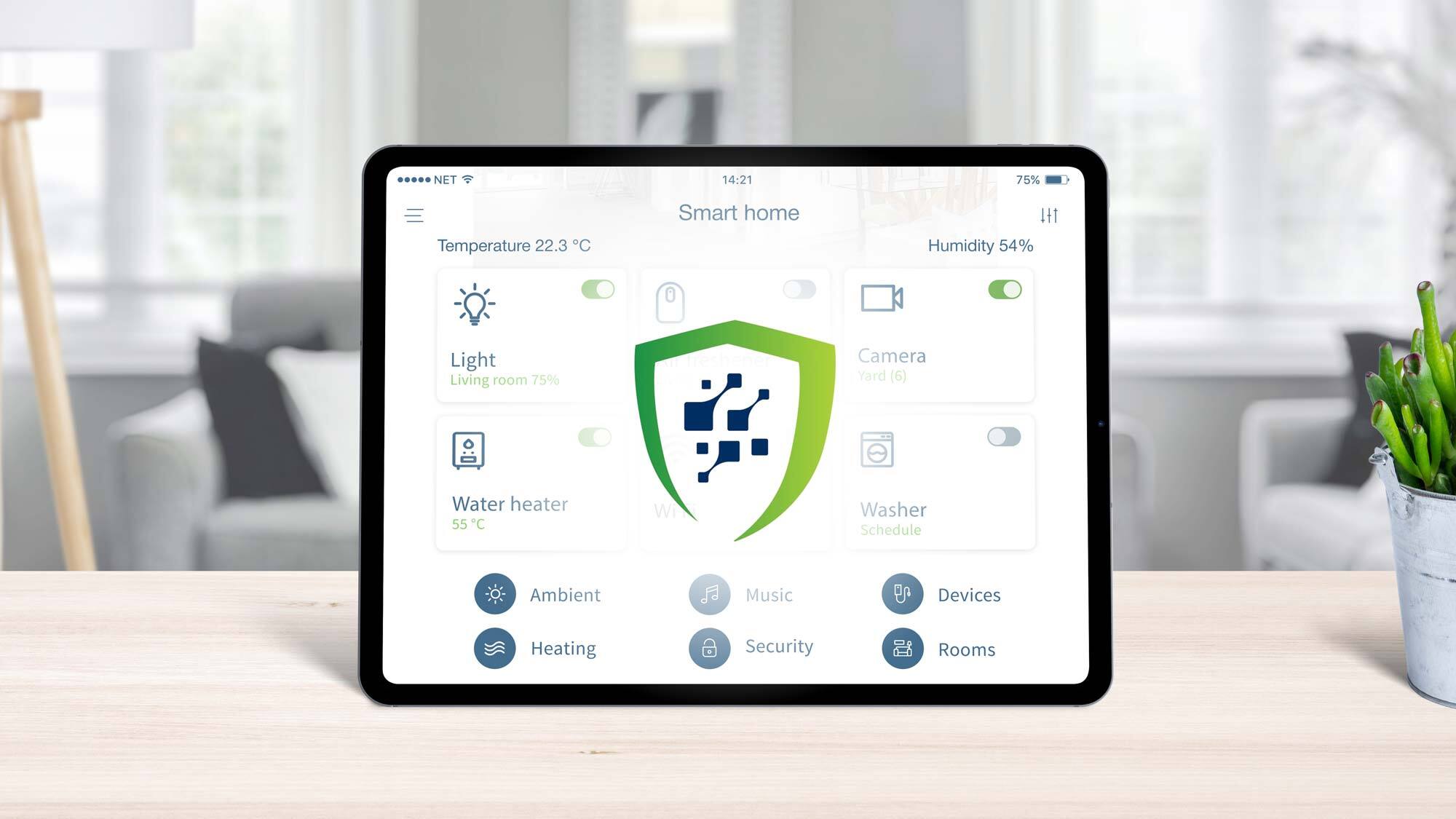White House unveils new Cyber Trust Mark to make it easier to shop for secure smart home devices
Smart home devices sold in the U.S. will soon have a new label that guarantees their security

Shopping for the best smart home devices is about to get a bit easier for U.S. consumers as the Biden administration is preparing to unveil a new cybersecurity label to let shoppers know which ones are secure.
As reported by The Verge, Federal Communications Commission (FCC) Chair Jessica Rosenworcel revealed in a press briefing that the new label will be called the U.S. Cyber Trust Mark. These labels are expected to appear on smart home devices at both brick and mortar stores and online retailers beginning next year.
The U.S. Cyber Trust Mark will signify that a device meets the security standards established by the National Institute of Standards and Technology (NIST) established in a report it released last year. If NIST sounds familiar, this is likely because the government agency is in charge of the National Vulnerability Database, which we often link to in our stories about malicious apps and other cyberthreats.
It’s worth noting that the U.S. Cyber Trust Mark program is entirely voluntary and businesses won’t have to opt in to sell their smart home devices in the U.S. However, companies like Google, Samsung, Logitech, Amazon and Best Buy as well as trade associations like the Connectivity Standards Alliance (which created the Matter smart home standard) have already pledged their support.
U.S. Cyber Trust Mark
Once the U.S. Cyber Trust Mark program rolls out next year, it will cover a wide variety of smart home devices, including smart refrigerators, smart microwaves, smart TVs and smart thermostats. However, fitness trackers and other connected devices will also be covered.
In a press release announcing the U.S. Cyber Trust Mark, the Biden administration, provided further insight on what the program aims to achieve, saying: “The goal of the program is to provide tools for consumers to make informed decisions about the relative security of products they choose to bring into their homes.”
In addition to a label that will be added to the packaging of smart home devices, there will also be a QR code that shoppers will be able to scan once they’ve purchased such a device to verify that it is still certified after the fact. Doing so will also let them know whether or not there are any patches they need to download to protect their device against new threats.
Get instant access to breaking news, the hottest reviews, great deals and helpful tips.
During a Q&A session after a press briefing announcing the U.S. Cyber Trust Mark, an FCC official also revealed that the government agency is considering annual recertifications to ensure that these new certifications remain up to date.
Analysis: It's about time

While convenient, smart home devices have long remained a thorn in the side of the cybersecurity community. Unlike the best laptops or even the best phones, they don’t receive the same patches and updates once a new threat emerges.
We’ve often seen cybercriminals and other hackers leverage these unpatched vulnerabilities in their attacks and the U.S. Cyber Trust Mark program is a big step forward in trying to limit the damage that can be done by exploiting them. At the same time, the program could change the way in which Americans think about their connected devices while also providing them with a strong reminder that they need to be updated and patched accordingly to remain secure.
We still have some time until the U.S. Cyber Trust Mark begins appearing on smart home devices and we’ll likely hear more from the Biden administration and the FCC before these new labels start rolling out.
More from Tom's Guide
- I’ve tested dozens of smart home devices and these are the 3 I can’t live without
- I bought an Echo Dot to help cool down my garage — here's how
- Hackers are tricking Android users into installing malicious apps via their browser

Anthony Spadafora is the managing editor for security and home office furniture at Tom’s Guide where he covers everything from data breaches to password managers and the best way to cover your whole home or business with Wi-Fi. He also reviews standing desks, office chairs and other home office accessories with a penchant for building desk setups. Before joining the team, Anthony wrote for ITProPortal while living in Korea and later for TechRadar Pro after moving back to the US. Based in Houston, Texas, when he’s not writing Anthony can be found tinkering with PCs and game consoles, managing cables and upgrading his smart home.
